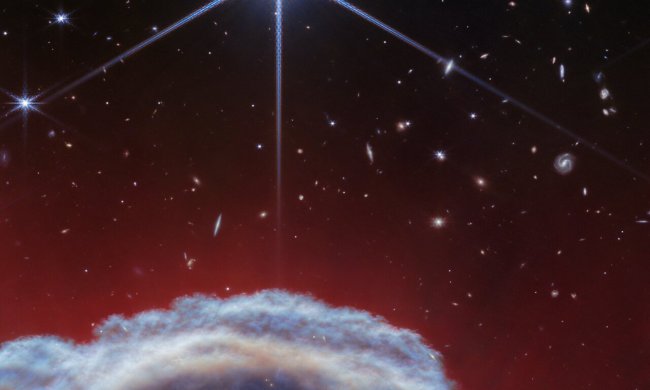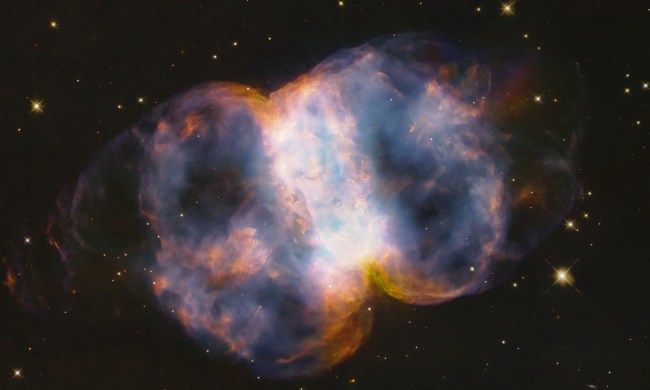New images from the Hubble Space Telescope show two beautiful planetary nebulae, known as the Butterfly Nebula and the Jewel Bug Nebula.
These two objects are of interest to scientists not only because they are striking ways for Hubble to test out its newer instruments like the Wide Field Camera 3, but also because of their composition. Nebulae are clouds of dust and gas, but these two nebulae are unusual in that they are some of the dustiest nebulae to have been studied, and they also have a large amount of gas.

“These new multi-wavelength Hubble observations provide the most comprehensive view to date of both of these spectacular nebulae,” Joel Kastner of the Rochester Institute of Technology, Rochester, New York, leader of the new study, said in a statement. “As I was downloading the resulting images, I felt like a kid in a candy store.”
Both nebulae have structures within them caused by the death throes of stars. As some stars reach the end of their lives, they shed off their outer layers creating shells or jets of hot gas. These jets and shells are occurring rapidly in the center of both nebulae, and using Hubble, the scientists were able to see how these change over time.

The Jewel Bug nebula began its life like any other nebula, forming a spherical shape or possibly a spiral as it developed over the centuries. But at some point, something strange happened in the heart of the nebula which affected how it developed and changed its shape. Scientists still aren’t sure what caused this unusual development.
“Something recently went haywire at the very center, producing a new cloverleaf pattern, with bullets of material shooting out in specific directions,” Kastner explained.



